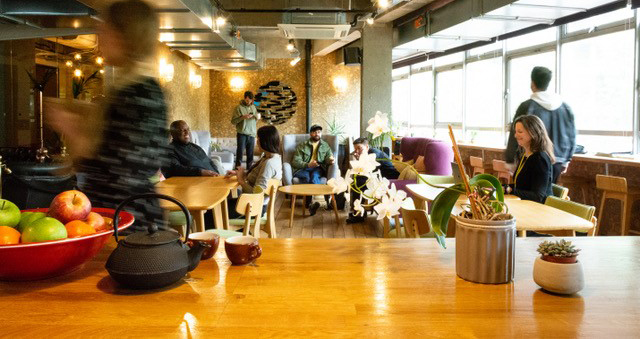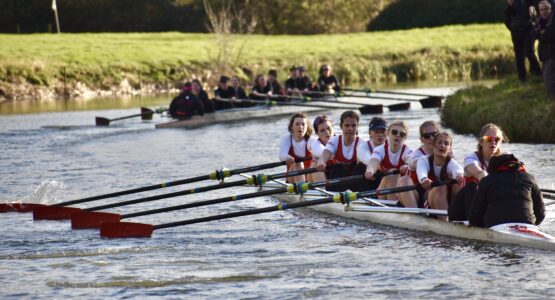Charles Armstrong (1990) studied Social & Political Science at St John’s, where he was a Choral Scholar. Subsequently he undertook postgraduate research with Michael Young, founder of the School for Social Entrepreneurs where Charles became a Fellow. As an entrepreneur Charles’ ventures include The Trampery, a company providing workspaces, venues, training and management services based in London. He sits on the Mayor of London’s Workspace Advisory Group and advised the City of London on its coronavirus recovery strategy, through the Lord Mayor’s Culture & Commerce Taskforce.
Since leaving Cambridge, my career has been shaped by my fascination with large-scale change in society. I’ve established several ventures, each of which set out to provide some of the missing pieces. I co-founded one of the first technology companies which applied social network analysis to communication data, making it possible to ‘see’ the underlying structure of an organisation or community. Another of my initiatives developed the world’s first legal structures that operated entirely electronically. For the past decade I’ve been obsessed with the changing patterns of work, and in particular the relationship between work and physical space.
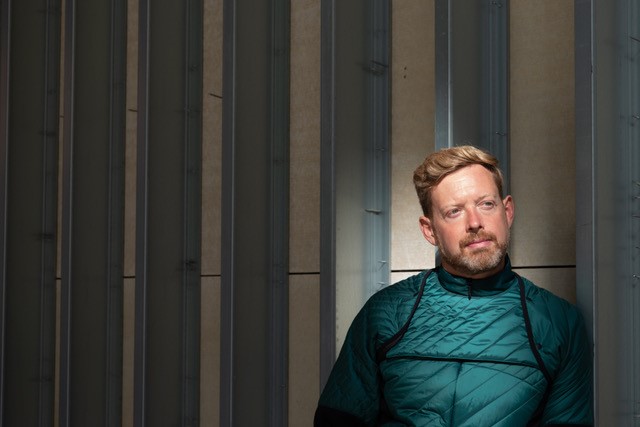
Traditional offices are a direct descendent of models that emerged in the late 18th century, in the crucible of the industrial revolution. These spaces prioritise efficiency, uniformity and ease of supervision. Around the turn of the millennium, it struck me this model was totally mismatched to the needs of 21st-century business. Today’s companies are much more concerned about their entrepreneurial creativity, the resilience of team relationships and their ability to react to changing circumstances. Far from cultivating these qualities, traditional offices suppress them.
When I started thinking about an alternative model for a working environment, the important shift was to look at a workspace as a container for a set of desired social outcomes, not a skeleton for a series of rigid processes. Trust is an essential starting point. If a working environment is good at fostering trust between people; then friendship, mutual support and collaboration will spring up.
The formality and visual sterility of most offices puts people in completely the wrong state of mind for the dynamics businesses need the most.
The model I arrived at was a jigsaw of spaces matched to different tasks, moods and moments. Areas for focused work with clustered desks for teams were juxtaposed with livelier social areas providing soft seating for lunch, coffee breaks and conversation, as well as secluded corners where someone could go and read without being disturbed. Floorplates were organised so flows of people would intersect between different zones, maximising the likelihood of chance encounters and impromptu conversations. Furnishings, materials and lighting were all chosen to provide colour, texture and create a sense of warmth. The formality and visual sterility of most offices puts people in completely the wrong state of mind for the dynamics businesses need the most.
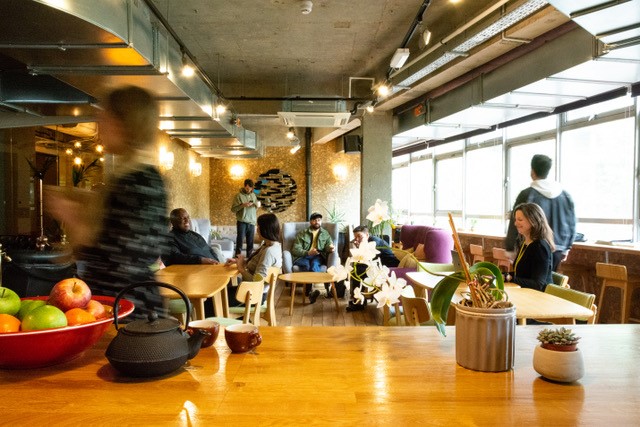
The Trampery’s first workspace opened in 2009, serving a prototype for the new approach. The building was located in Shoreditch, in the East End of London. Thankfully the building quickly became a hit and within a couple of months it was full. The membership combined half a dozen software ventures, an education charity, a book publisher and a contemporary art gallery. Week by week I sat watching how people were using the space, seeing which elements worked the way I expected and what I’d got wrong. Nine months after we opened, David Cameron launched the ‘Tech City’ initiative to turbo-charge the Shoreditch innovation cluster. Over the next few years The Trampery worked closely with Downing Street and Hackney Council to open more workspaces and support the strategy. It was an exciting period.
Today The Trampery operates six campuses in London, ranging from 10,000 square feet to 50,000 square feet, with six more in development. The company has been profitable from its first year, with average occupancy of 94% over the entire period (including the pandemic). To date we’ve supported more than 1,000 companies. Most of our workspaces are linked to long-term regeneration projects where we’re working alongside a mix of local government and private developers.
It’s tempting to see the current upheaval in working patterns as a consequence of the coronavirus pandemic. In reality, the trends towards hybrid working and nomadic working have been visible for more than 20 years.
As a purpose-led business The Trampery is dedicated to promoting sustainable business models, and supporting entrepreneurs from sections of society under-represented in the UK’s business community. This isn’t something ‘extra’ alongside our regular business, it runs through everything we do. The company was formed with an explicit social purpose in 2009. More recently the idea that business has a responsibility to address social and environmental challenges has become much more mainstream. Right now we’re investing to improve our data capture and analysis so we can report our social impact in a more detailed way.
It’s tempting to see the current upheaval in working patterns as a consequence of the coronavirus pandemic. In reality, the trends towards hybrid working and nomadic working have been visible for more than 20 years. The pandemic’s true role has been to accelerate the process. The most visible consequence for The Trampery is that many of the new sites we’re developing are at the fringes of Greater London, much further out from the centre than our earlier sites. The mix of people using these campuses will also be different. Locally-based entrepreneurs and small businesses will rub shoulders with hybrid workers who live locally, commuting to a central office from time to time, but wanting somewhere close to home where they can work a couple of days a week, with high-quality facilities and a sociable atmosphere.
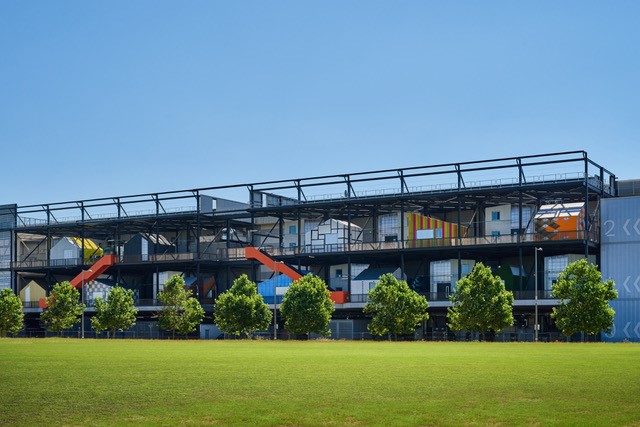
Alongside the upheavals in large cities like London, people don’t yet realise that rural areas and villages will witness equally dramatic impacts in the coming decade. Following the pandemic, the demographic of ‘digital nomads’ (professionals with the freedom to work wherever they wish) is expanding explosively. The fastest-growing constituency in this group is no longer freelancers, but corporate employees whose companies have either switched to full remote working, or opted to allow people to work remotely for several months each year. We’ve already reached a point where one in five Airbnb bookings is for a stay longer than 30 days. Meanwhile the move away from office working is causing a decline in team relationships and collaboration. That is driving demand for team retreats, where a group travels to an offsite location for several days, either to work undisturbed on a project or to participate in facilitated workshops.
These two trends create opportunities for completely new kinds of working environments outside large cities; offering housing, facilitation and catering as well as workspace. To address this I’m setting up a sister company alongside The Trampery, which will develop a portfolio of live-work sites across Europe. I’ve spent much of past year traveling in the Mediterranean, looking at how digital nomads are living and working, and starting to evaluate potential sites. We hope to launch the new business next year.
Looking back, my time studying SPS at St John’s instilled a way of looking at social phenomena which became a core part of my entrepreneurial approach. I can’t wait to see what changes the next decade brings!
You can find out more about The Trampery on their website: https://thetrampery.com/
